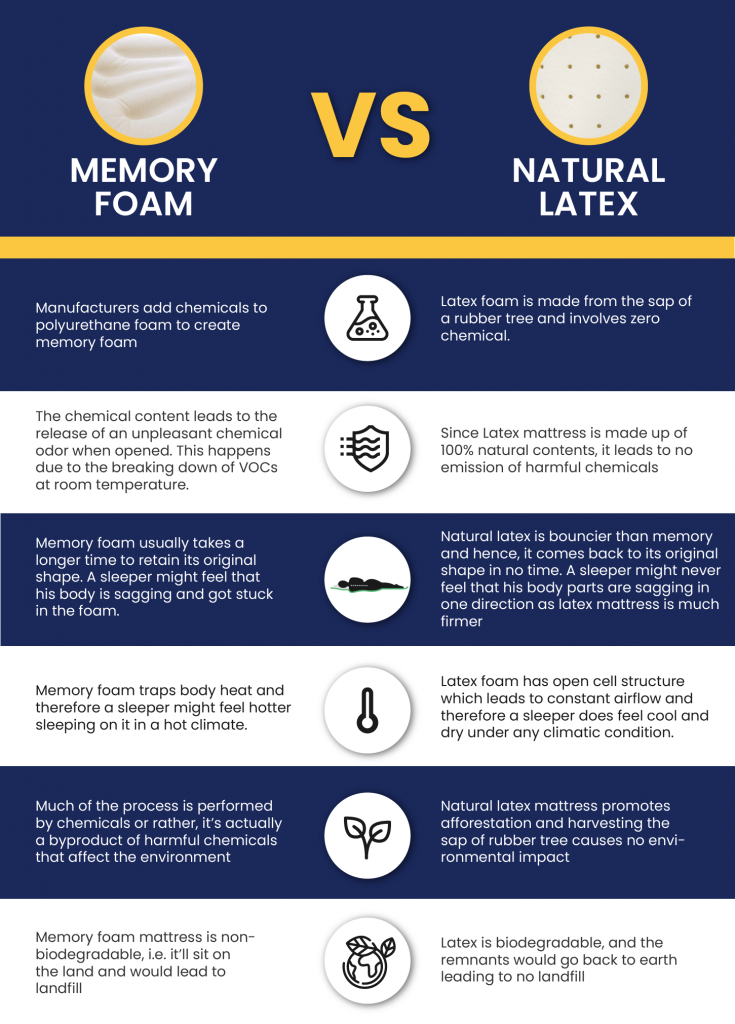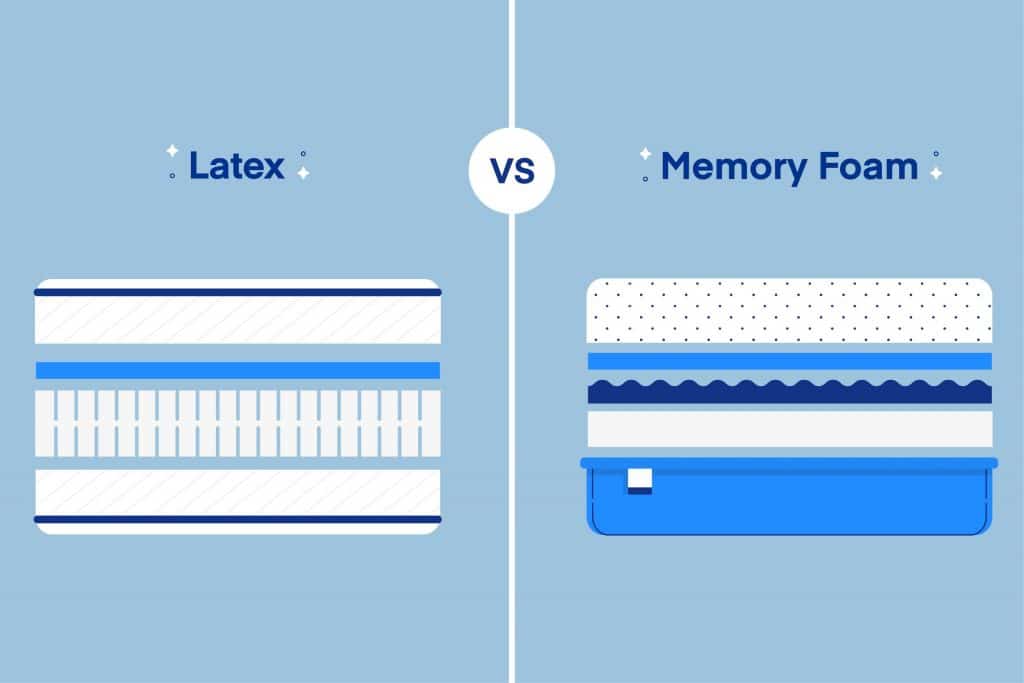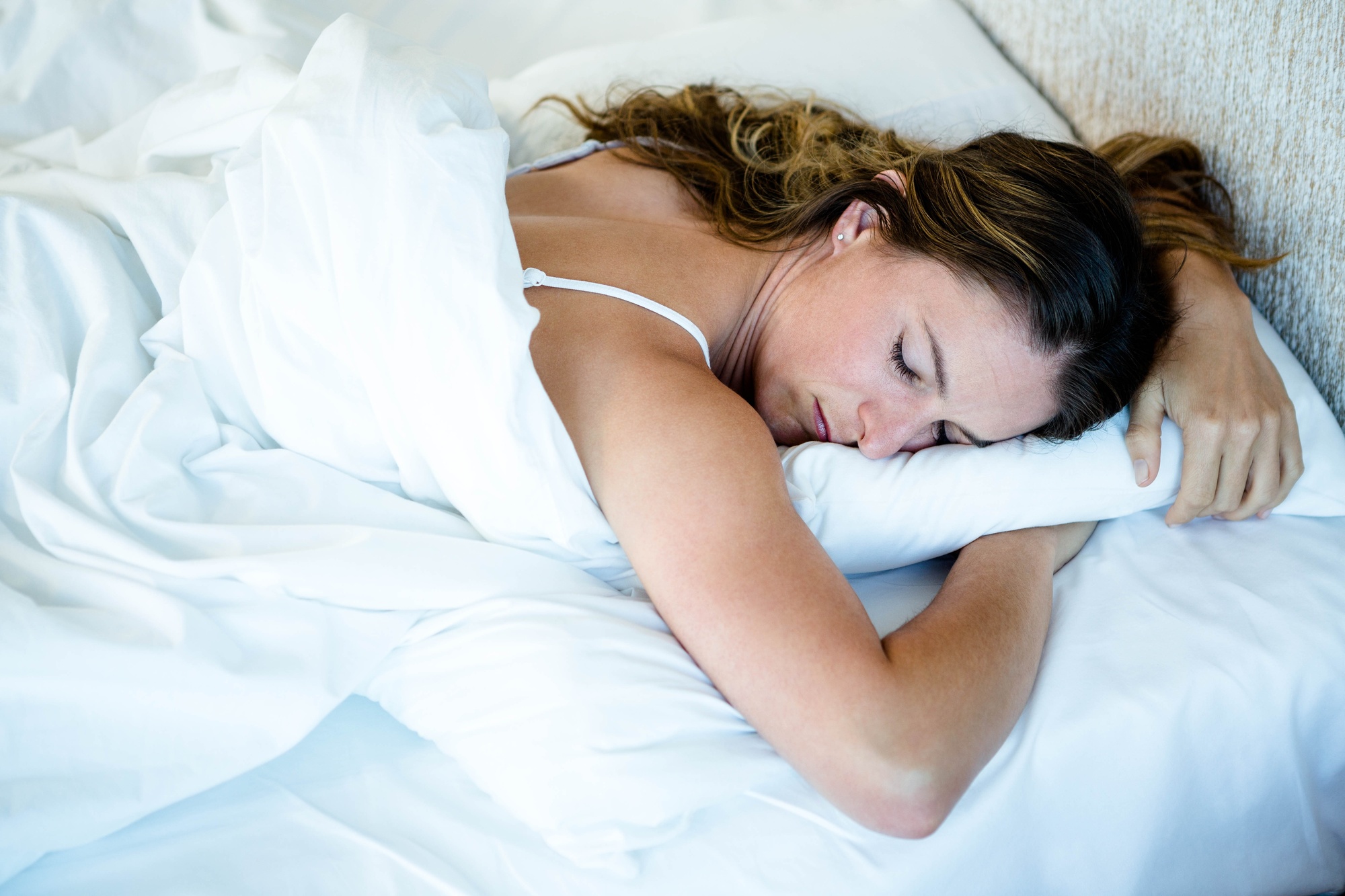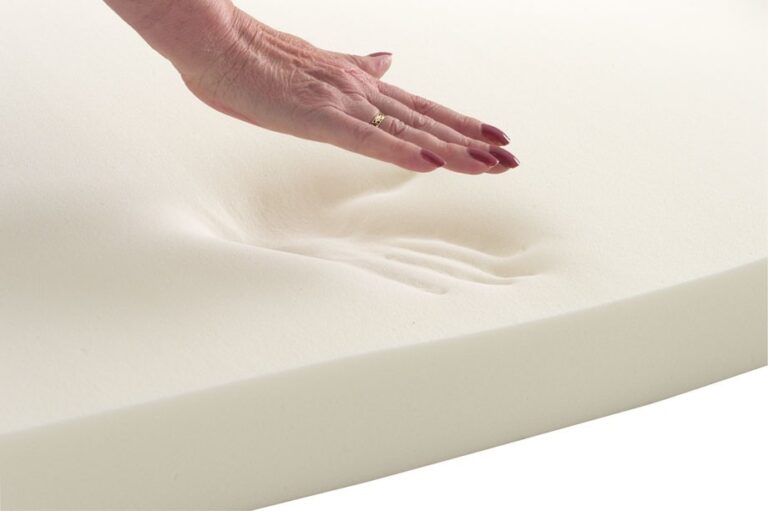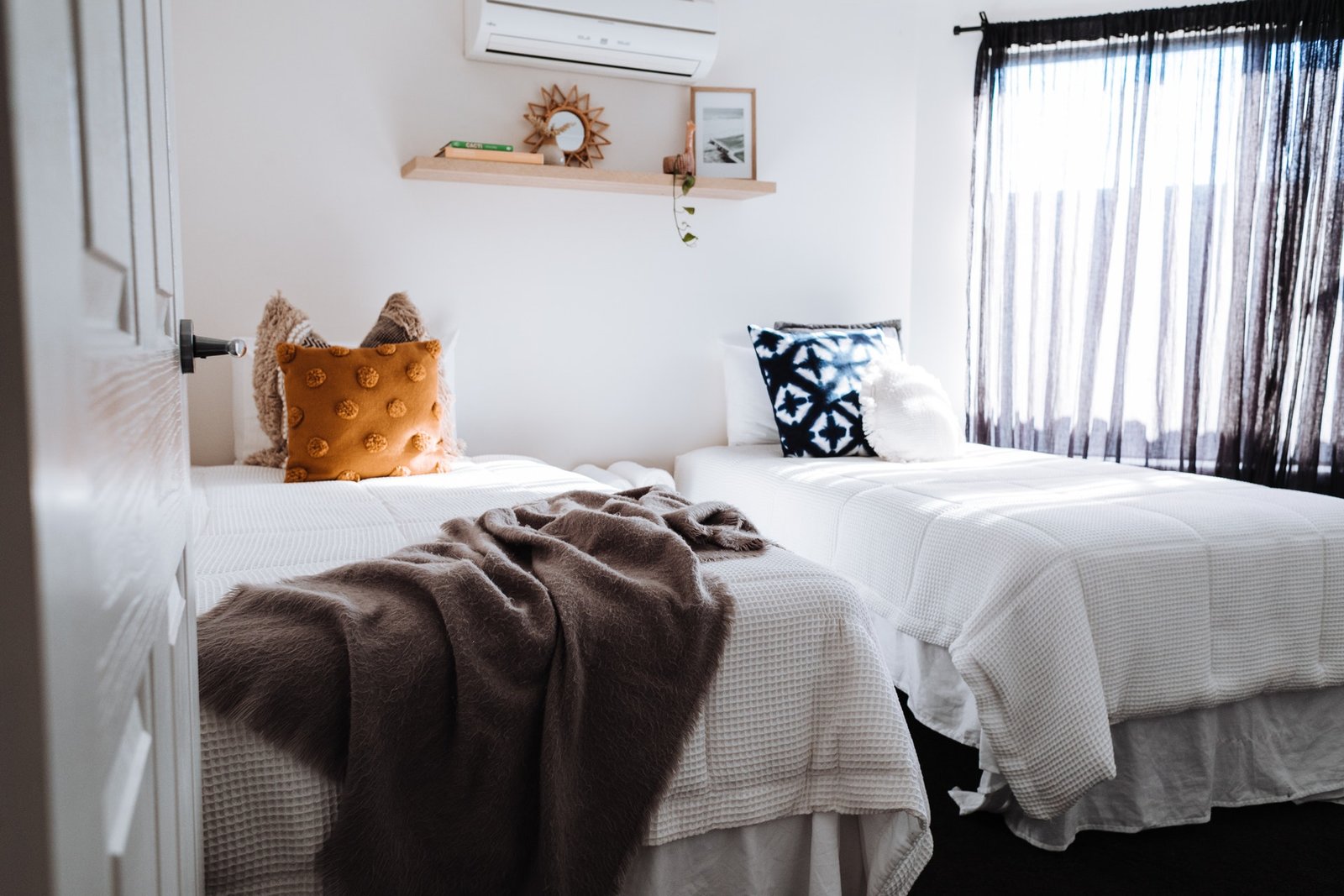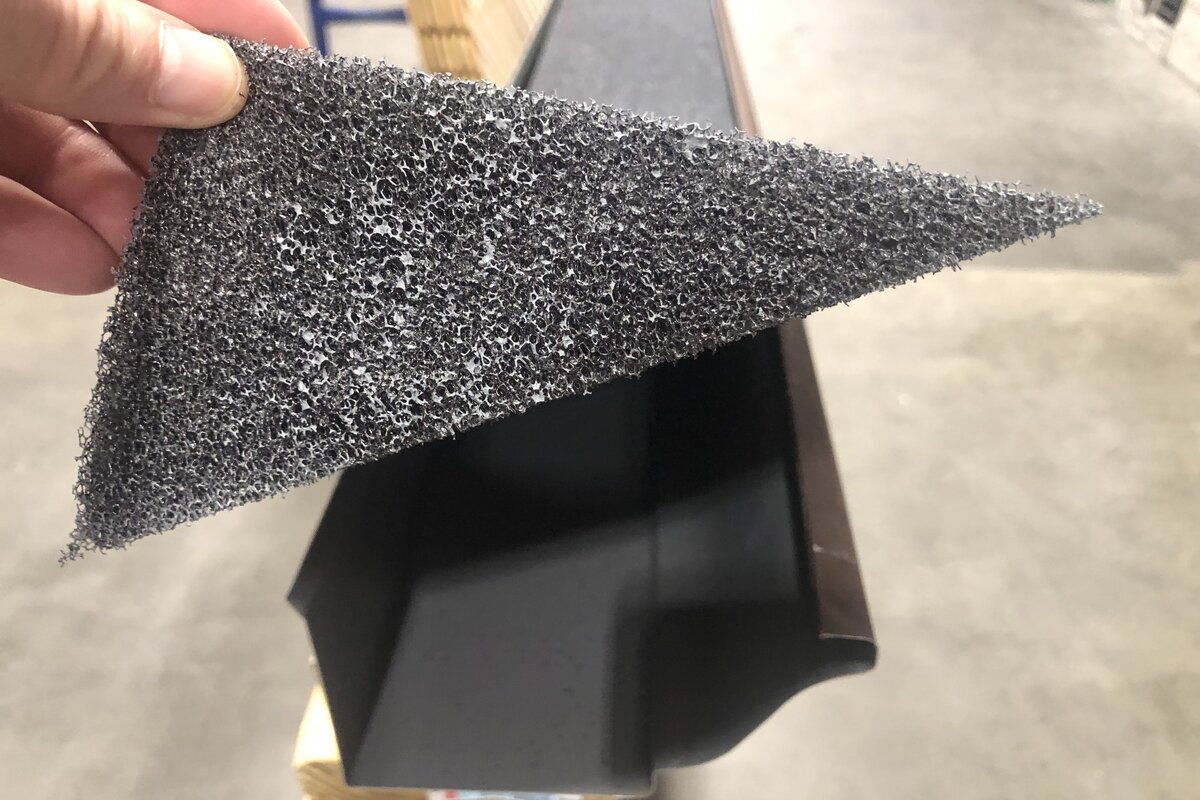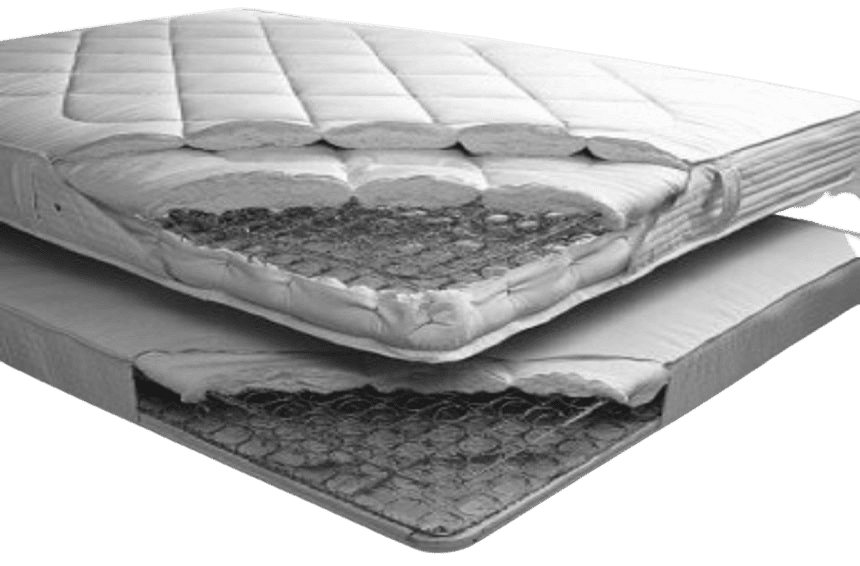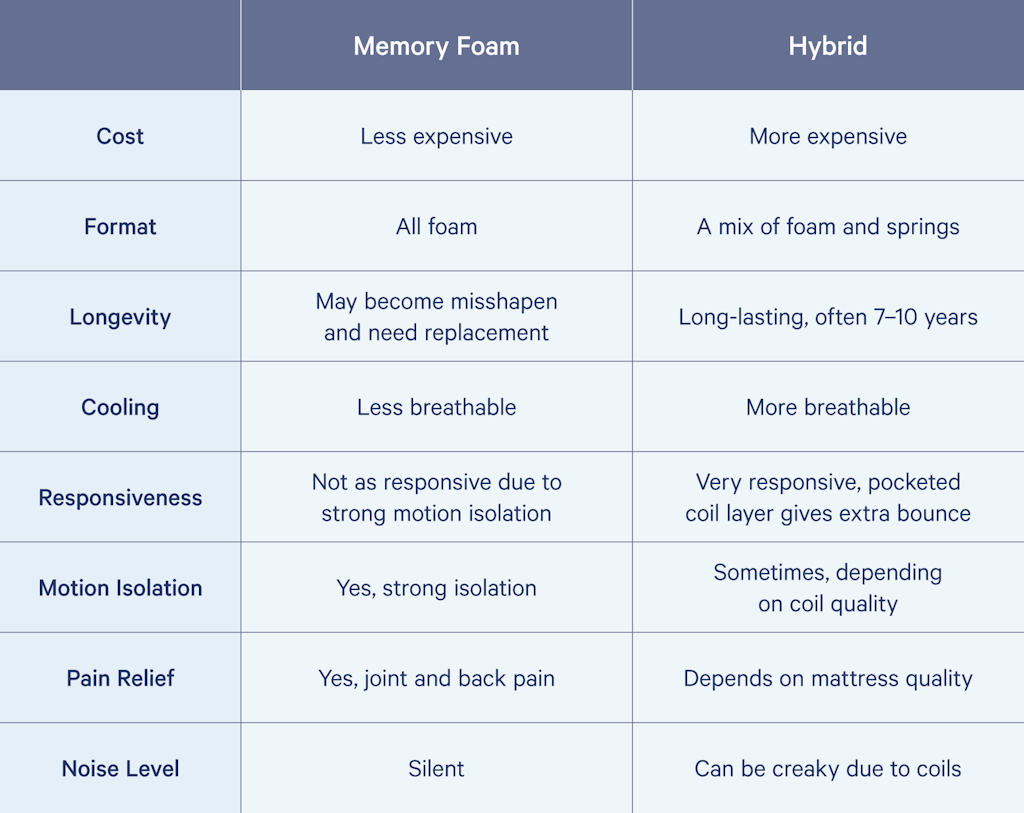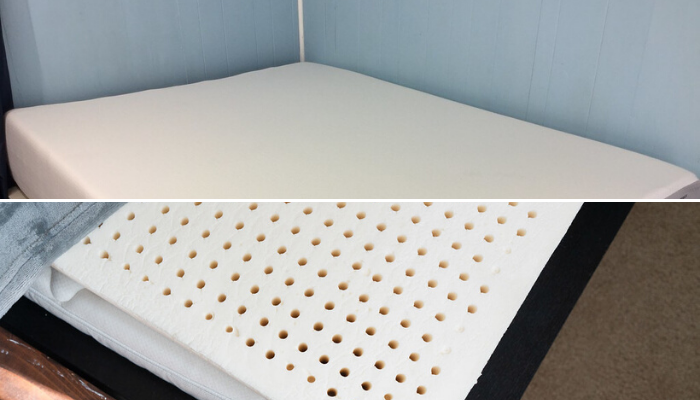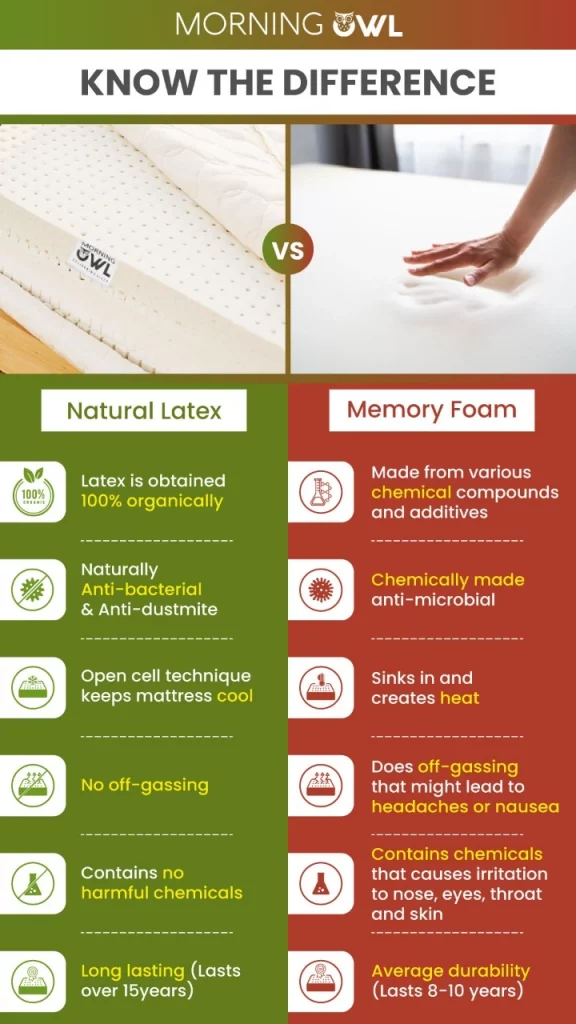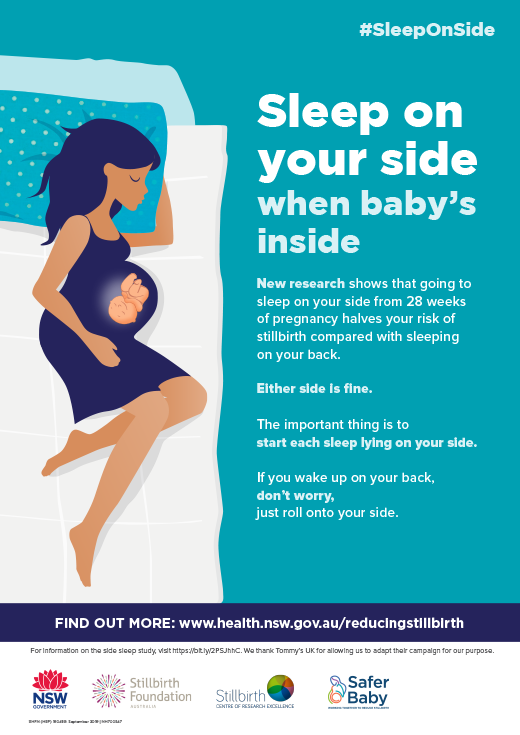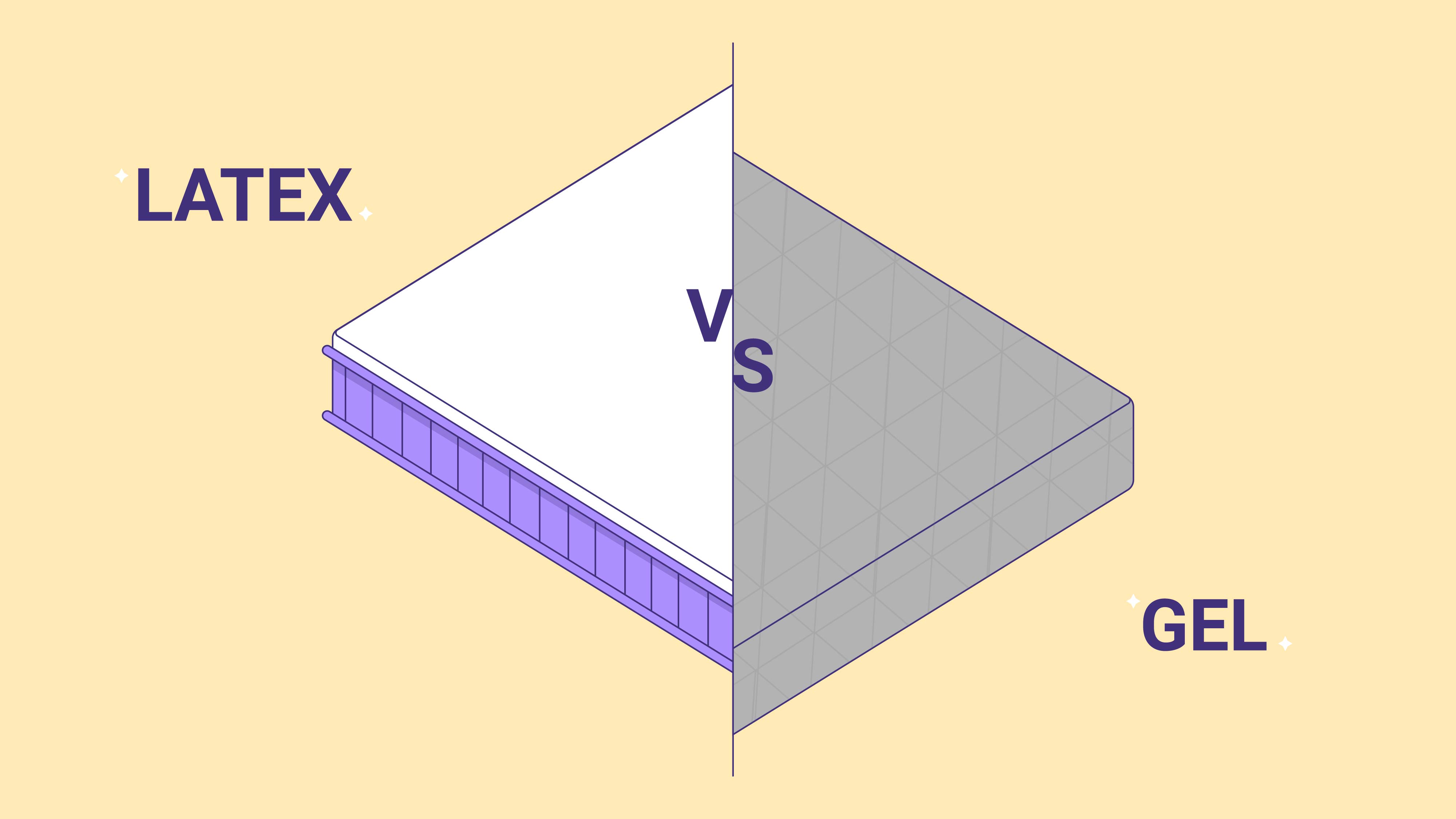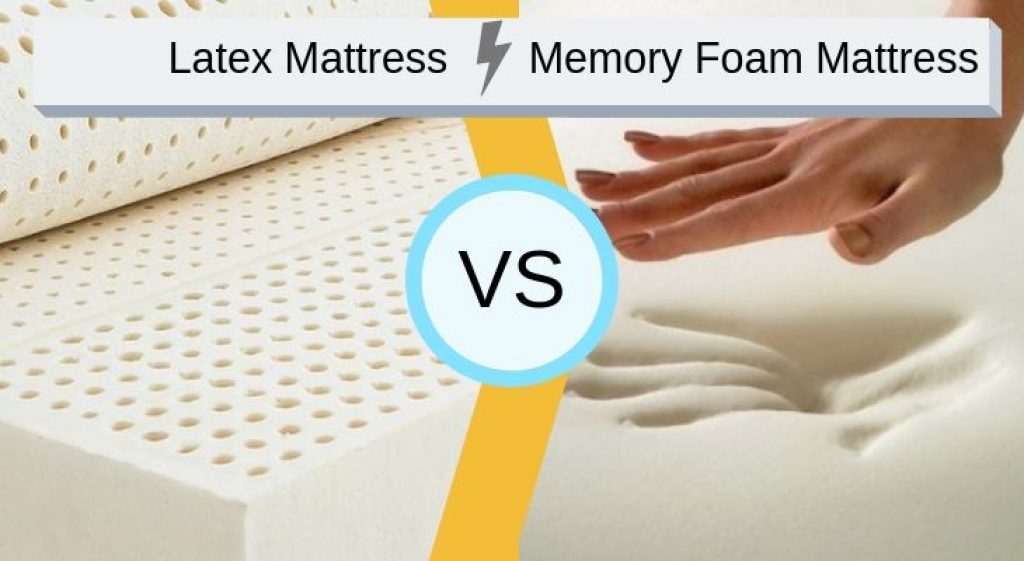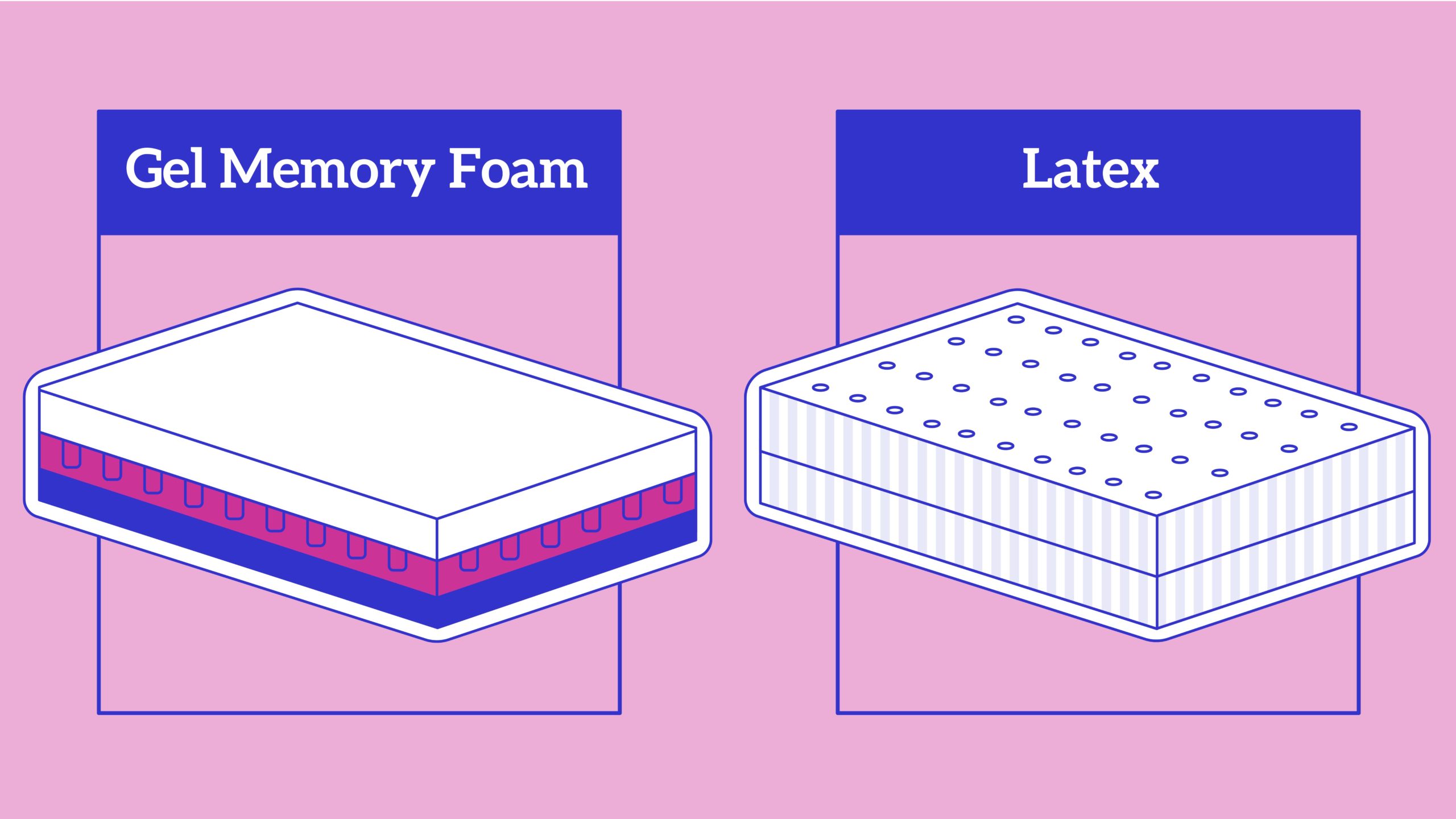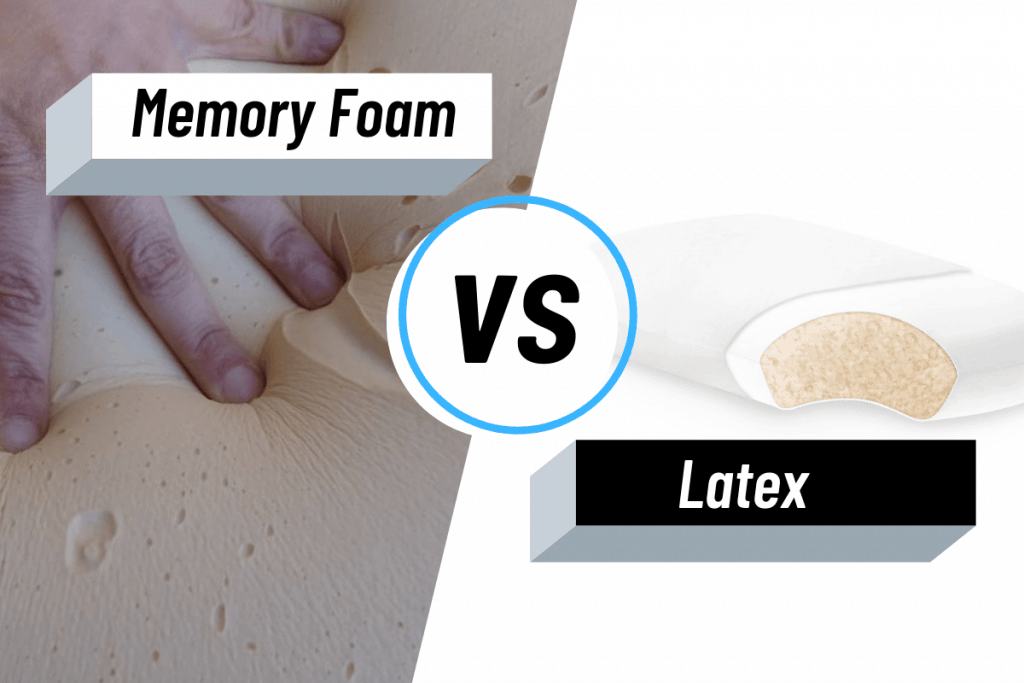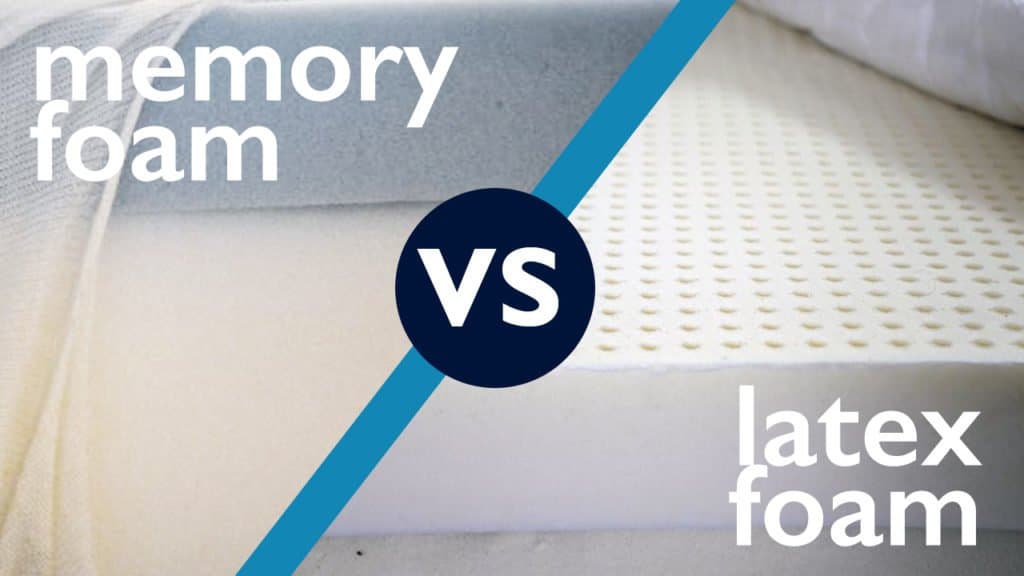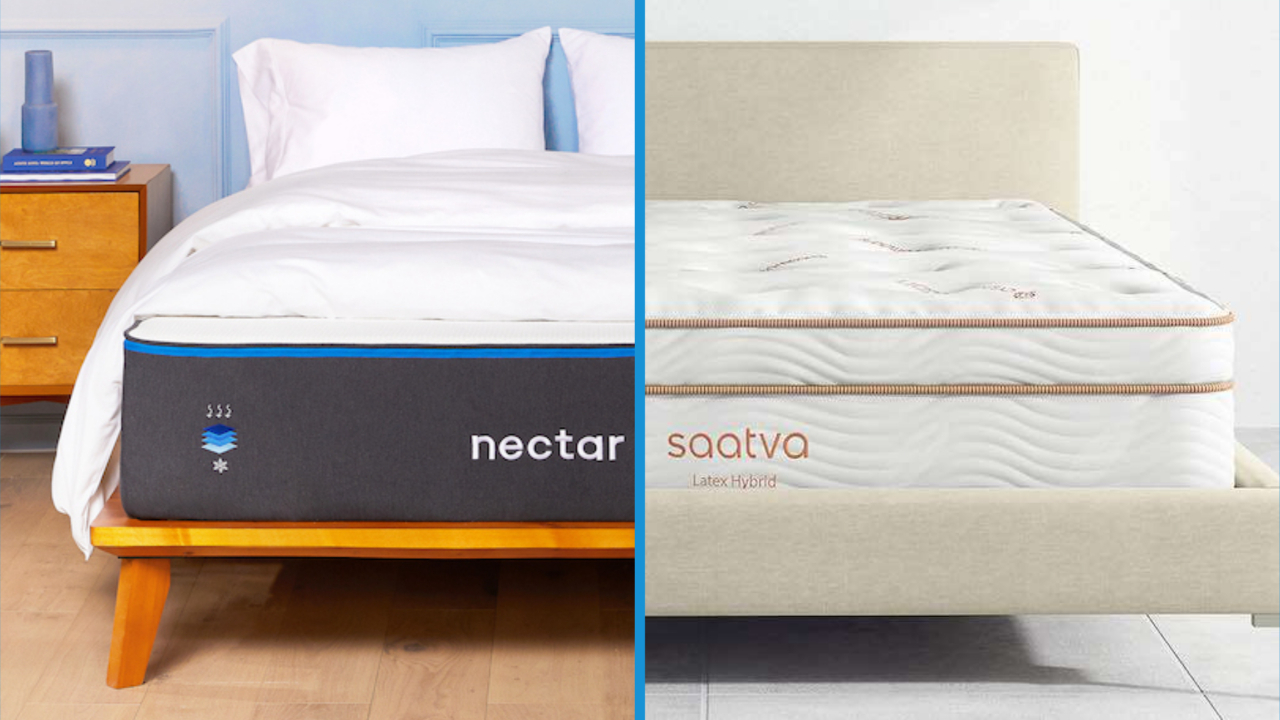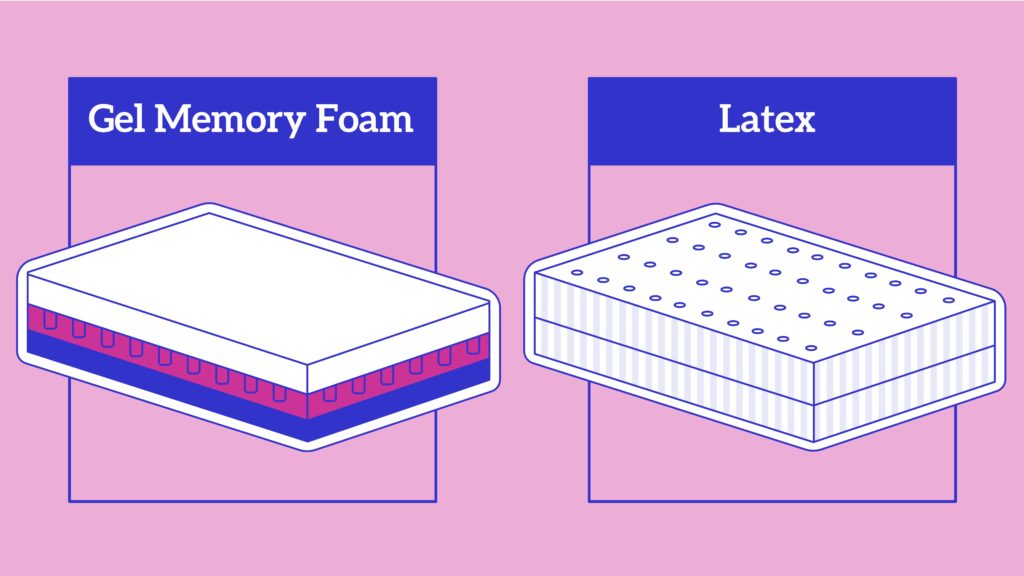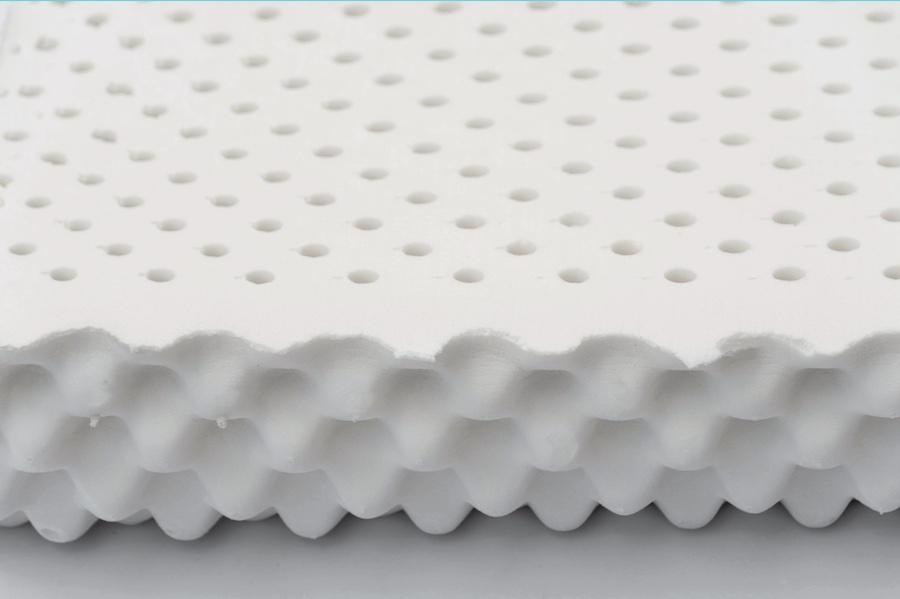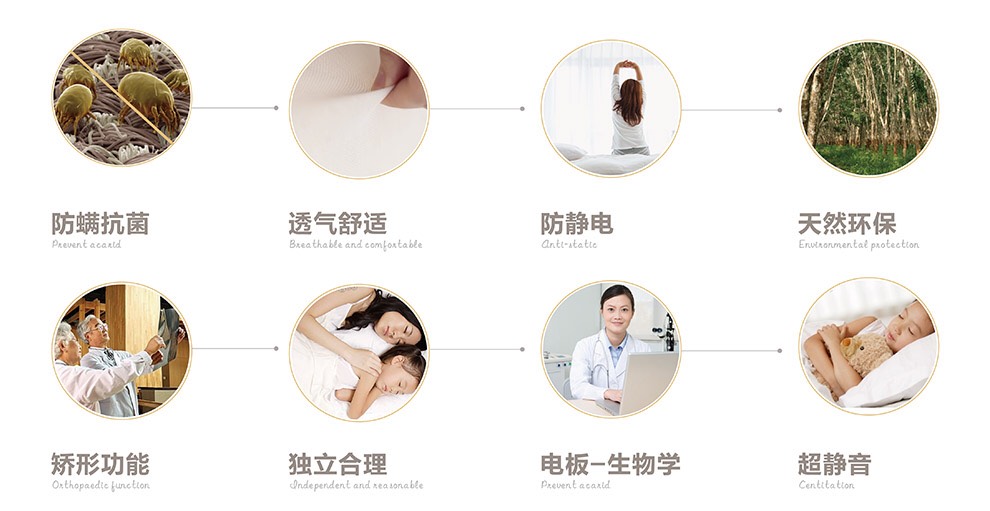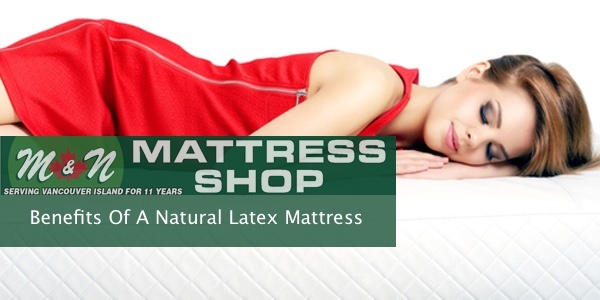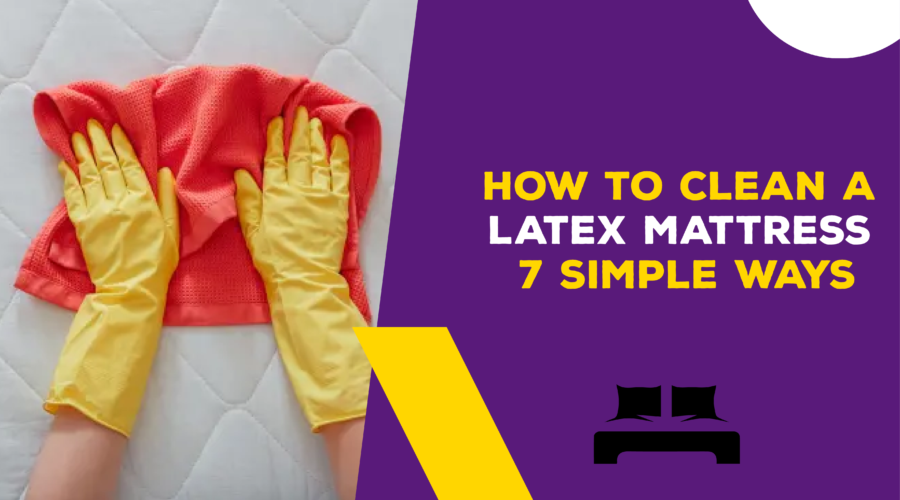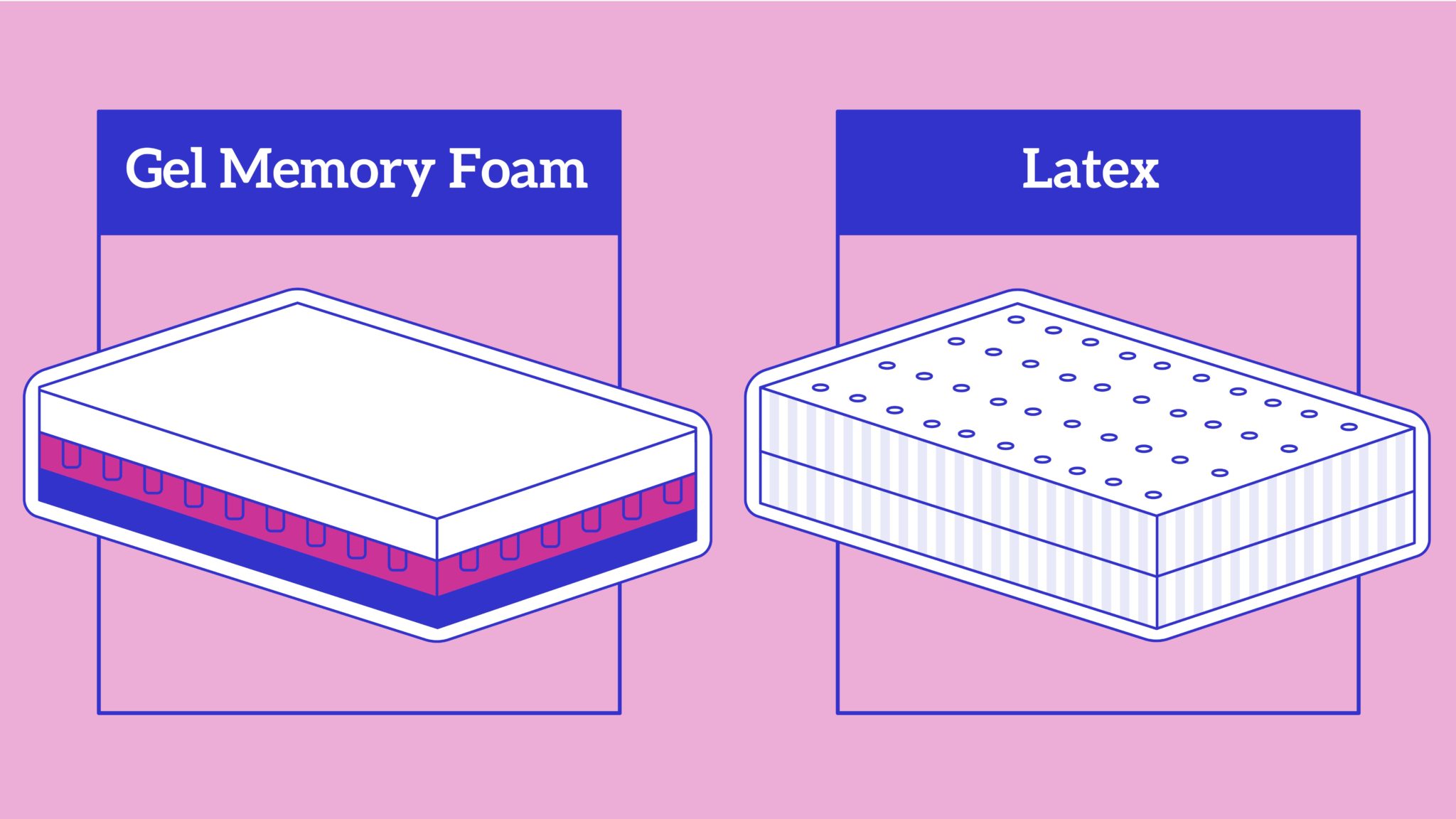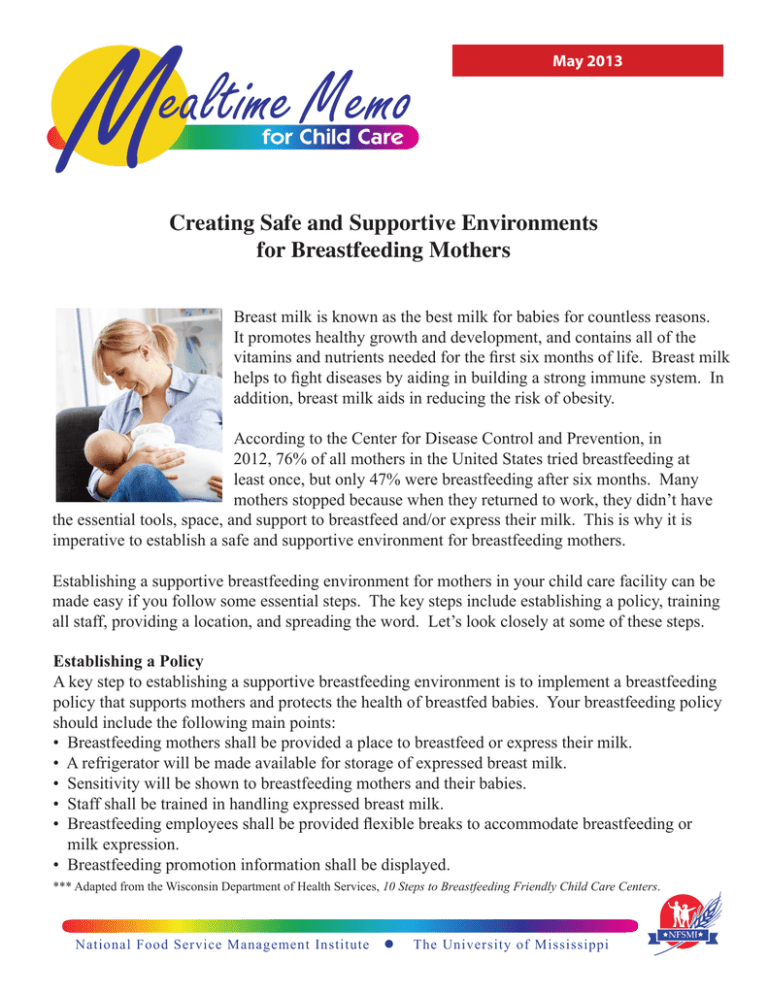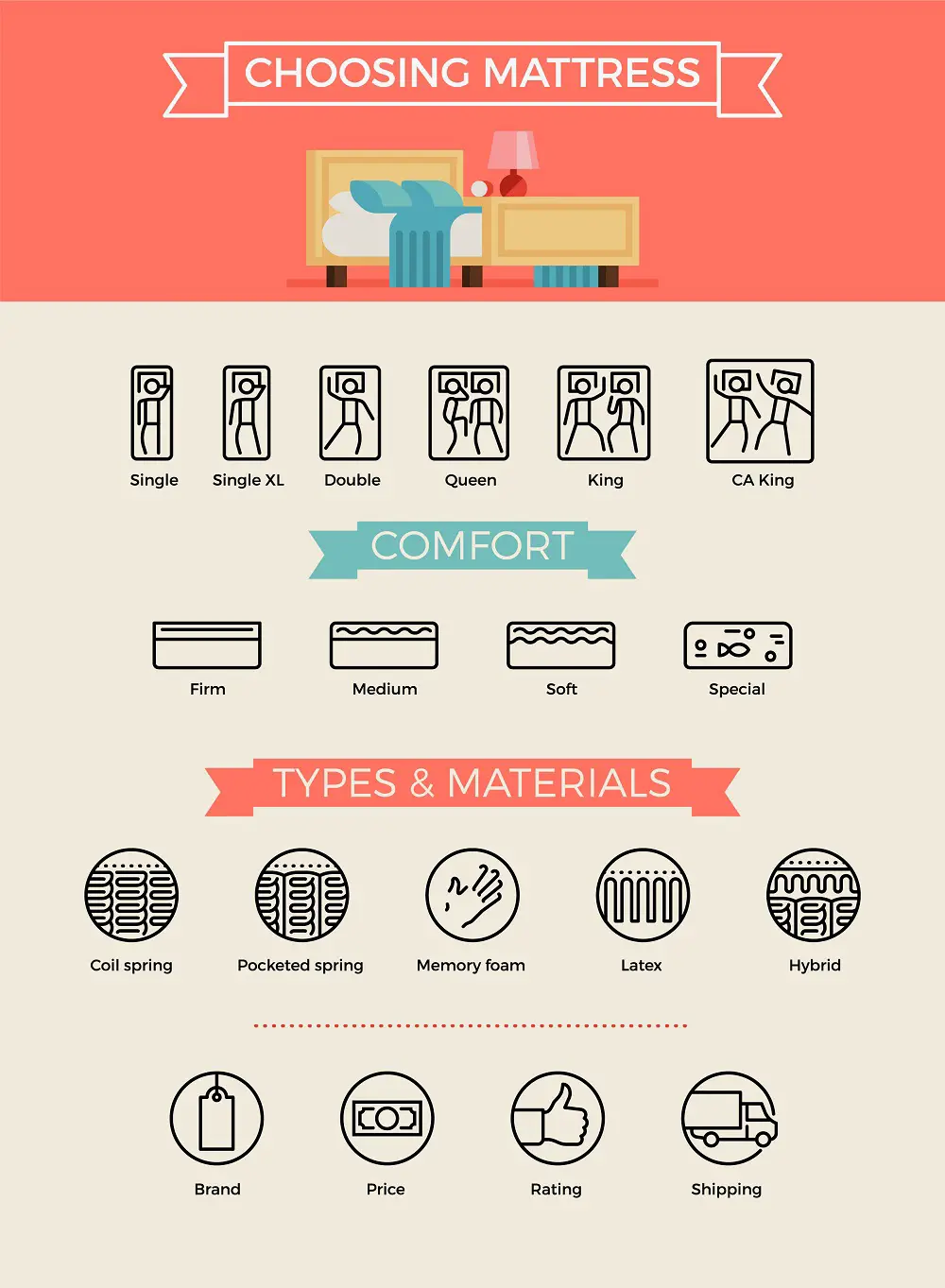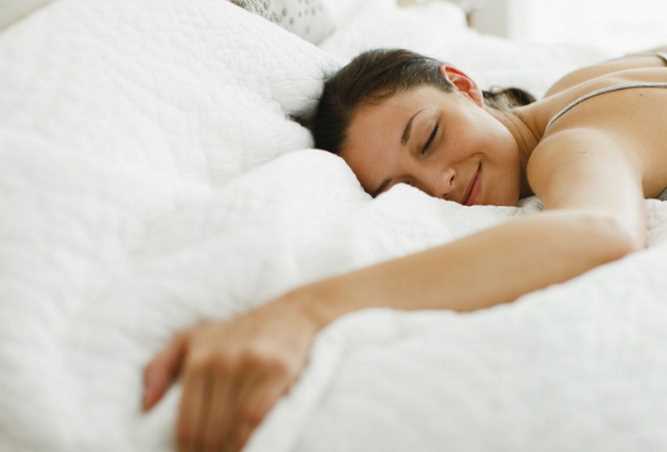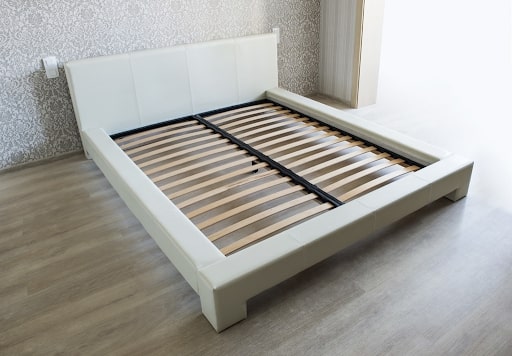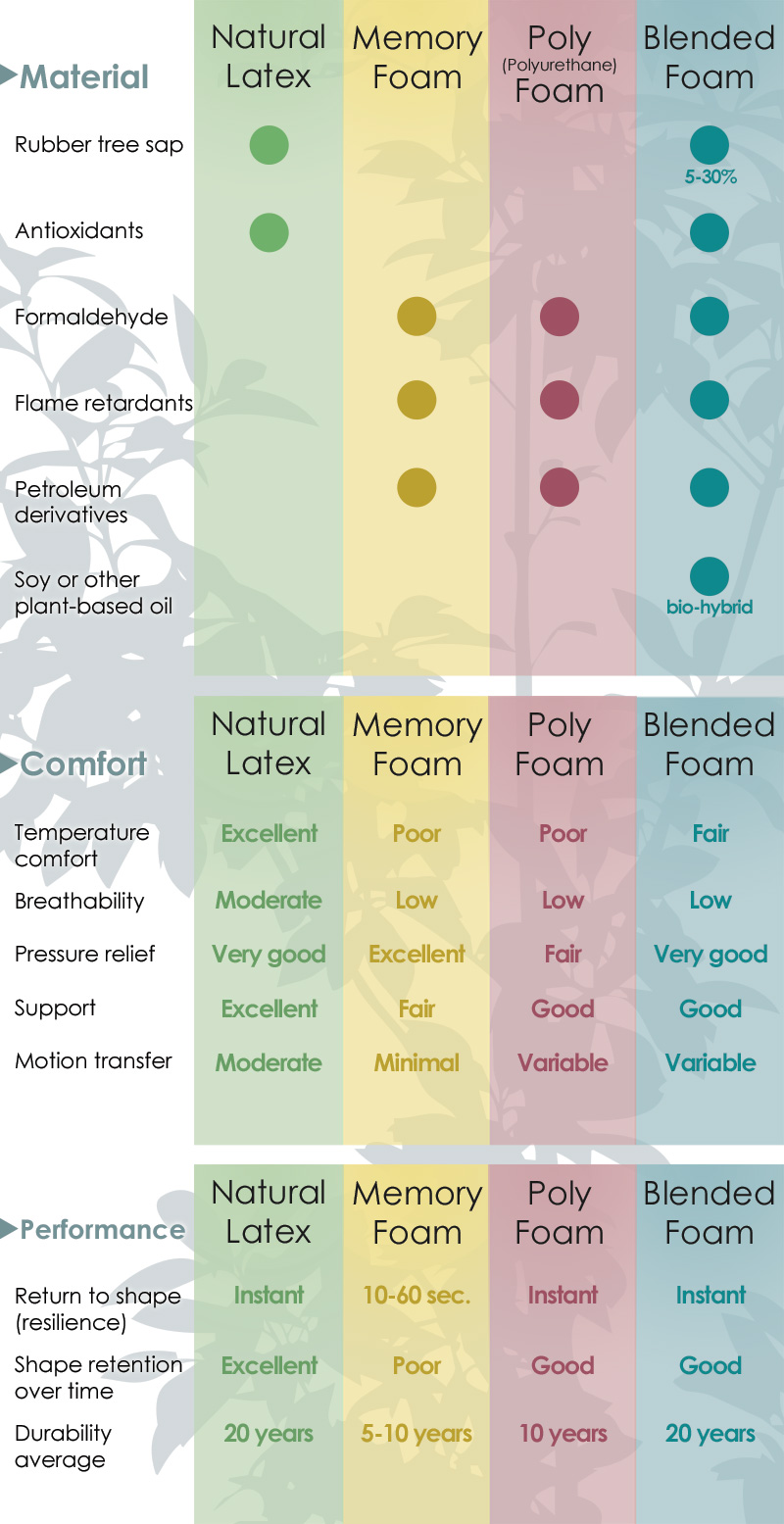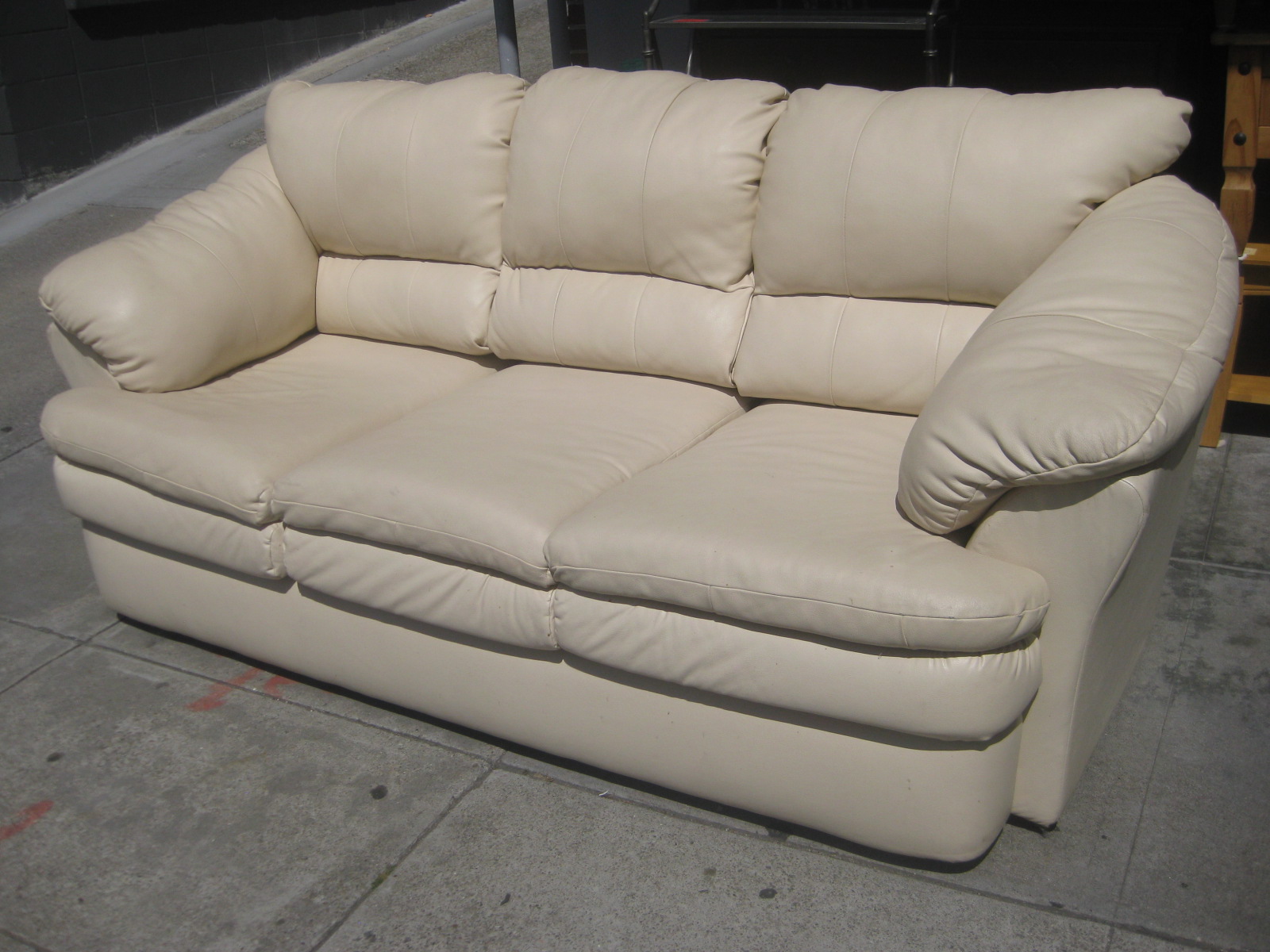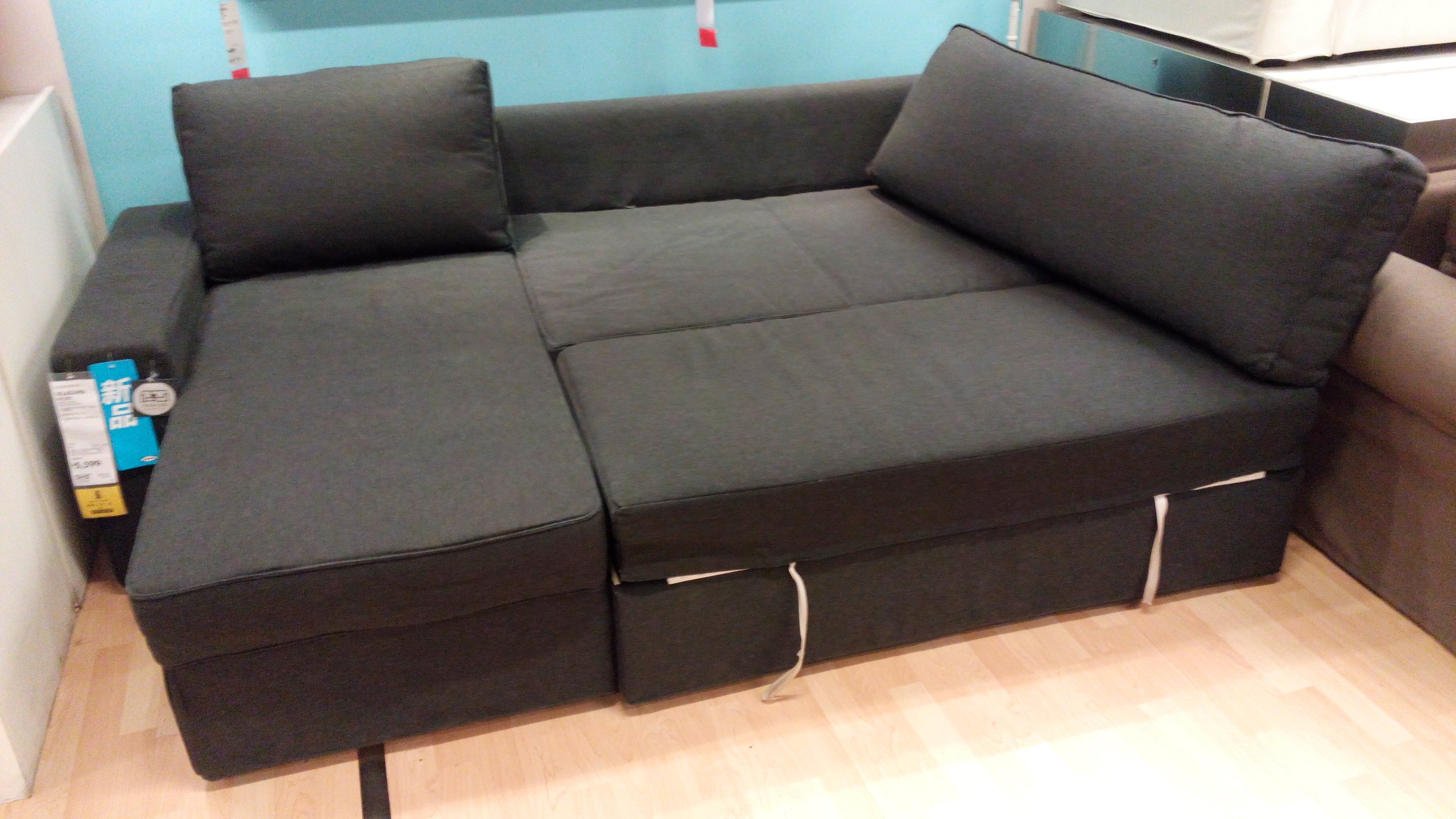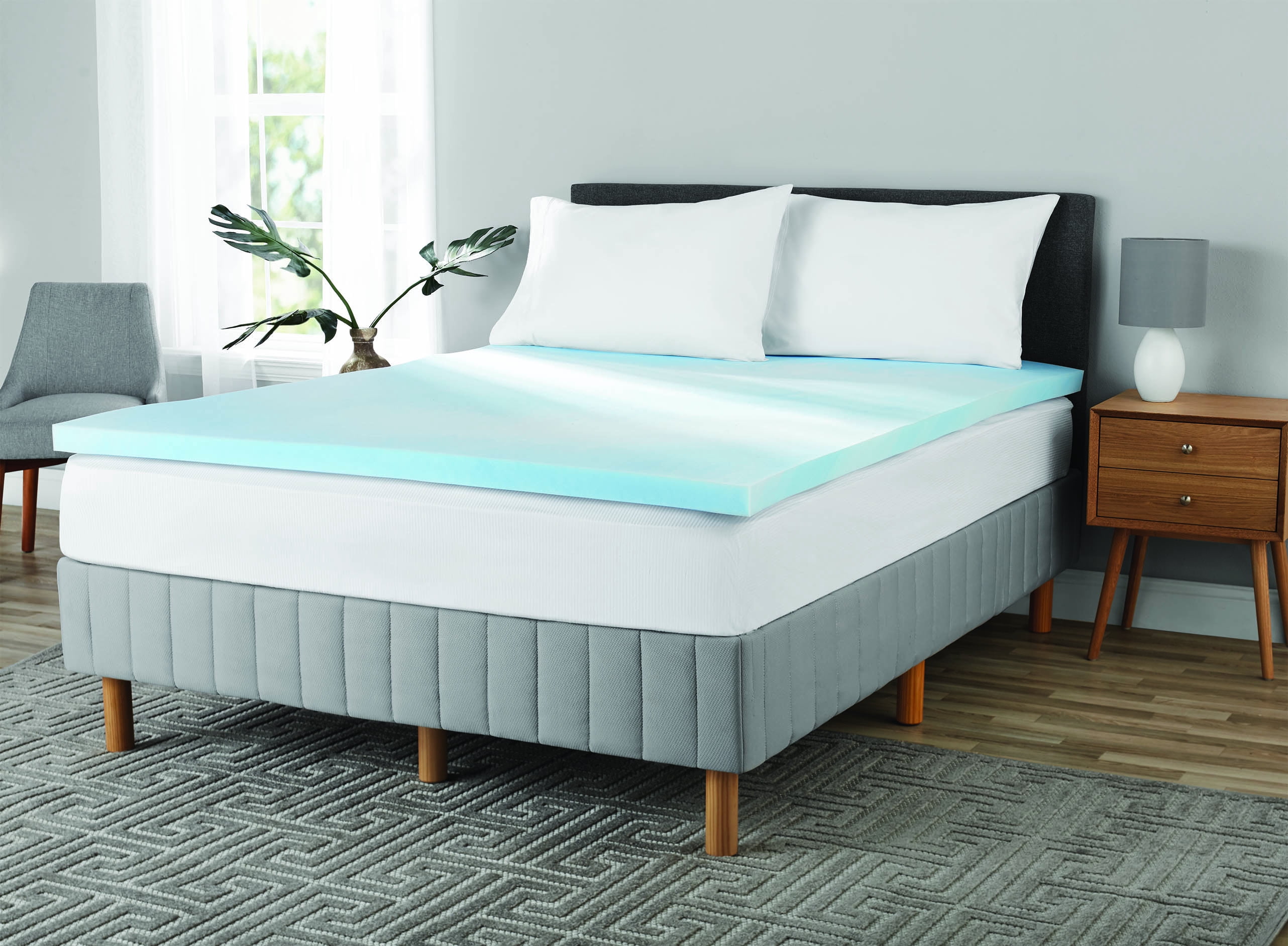Choosing the right mattress for your baby is essential for their comfort and overall development. With so many options available, it can be overwhelming to decide which type of mattress is best for your little one. Two popular choices in the market are foam and latex mattresses. Let's take a closer look at the differences between these two types and determine which one is better for your baby.Foam vs Latex Mattress for Baby: Which is Better?
Before making a decision, it's important to understand the advantages and disadvantages of foam and latex mattresses for babies. Foam mattresses are typically made of polyurethane, a synthetic material that provides a soft and cushioned surface for your baby to sleep on. They are lightweight, affordable, and widely available. On the other hand, latex mattresses are made from natural or synthetic rubber and offer more firmness and support. They are also hypoallergenic and resistant to dust mites. However, one potential downside of foam mattresses is that they may emit volatile organic compounds (VOCs) which can be harmful to your baby's health. Latex mattresses, while more eco-friendly, can be quite expensive and heavy.The Pros and Cons of Foam and Latex Mattresses for Babies
When it comes to choosing between foam and latex mattresses for your baby, there are a few factors to consider. First and foremost, you want to make sure that the mattress is safe and comfortable for your little one. Both foam and latex mattresses can provide adequate support, so it ultimately comes down to personal preference and budget. If you are on a tight budget, a foam mattress may be the better option. However, if you are looking for a more eco-friendly and durable choice, latex mattresses may be worth the investment.Choosing the Right Mattress for Your Baby: Foam vs Latex
The safety of your baby is of utmost importance, and that includes their sleep environment. As mentioned earlier, foam mattresses may emit VOCs, which can be harmful to your baby's health. Latex mattresses, on the other hand, are made with natural or synthetic materials that are less likely to emit harmful chemicals. However, it's essential to note that both foam and latex mattresses must meet safety standards set by the government. So, as long as you purchase a certified and reputable brand, both types of mattresses should be safe for your baby.Foam vs Latex: Which is Safer for Your Baby's Sleep?
Aside from the material used, there are a few other differences between foam and latex mattresses for babies. Foam mattresses tend to be lighter and easier to move around, making it more convenient for parents to change sheets and clean. They also tend to be softer, which may be more comfortable for some babies. On the other hand, latex mattresses are more durable and can last longer than foam mattresses. They also tend to have better motion isolation, which means your baby will be less disturbed by your movements while they sleep. Additionally, latex mattresses are hypoallergenic, making them an excellent choice for babies with allergies.The Differences Between Foam and Latex Mattresses for Babies
Comfort is subjective, and what works for one baby may not work for another. However, in general, foam mattresses are softer and provide a more plush surface for your baby to sleep on. Latex mattresses, while still comfortable, are firmer and offer more support. Some babies may prefer the softer feel of foam, while others may find the firmness of latex more comfortable. It's also essential to consider your baby's sleeping habits. If your baby tends to move around a lot while they sleep, a foam mattress may provide a softer and more comfortable surface for them to move around on. However, if your baby is a still sleeper, a firmer latex mattress may be a better option.Foam vs Latex: Which is More Comfortable for Your Baby?
Both foam and latex mattresses have their benefits, and it ultimately comes down to what works best for your baby. However, some general advantages of choosing either type of mattress include their ability to provide adequate support for your baby's growing body. They also tend to be more hypoallergenic than other types of mattresses, making them a safer choice for babies with allergies. Additionally, both foam and latex mattresses are widely available and come in a variety of sizes, making it easier to find the perfect fit for your baby's crib or toddler bed.The Benefits of Choosing a Foam or Latex Mattress for Your Baby
The durability of a mattress is crucial, especially for a growing baby who will be using it for several years. In this case, latex mattresses tend to have the upper hand. They are made of durable materials that can withstand wear and tear over time. Foam mattresses, while still durable, may not last as long as latex mattresses. However, with proper care and maintenance, both types of mattresses can provide a comfortable and supportive sleeping surface for your baby for several years.Foam vs Latex: Which is More Durable for Your Baby's Sleep?
When it comes to your baby's sleep, it's crucial to choose a mattress that is not only comfortable but also safe and supportive. A good mattress can promote healthy spinal alignment and help prevent issues such as SIDS (sudden infant death syndrome). It's also essential to regularly check and replace your baby's mattress as they grow to ensure they always have a safe and supportive sleeping surface.The Importance of Choosing a Safe and Supportive Mattress for Your Baby
In conclusion, both foam and latex mattresses have their pros and cons. Ultimately, the best choice for your baby will depend on their individual needs and your budget. Foam mattresses may be more affordable and softer, while latex mattresses may be more durable and hypoallergenic. Whichever type you choose, prioritize safety, comfort, and support for your baby's healthy development and peaceful sleep. Foam vs Latex: Which is Better for Your Baby's Health and Development?
The Benefits of Choosing a Foam Mattress for Your Baby
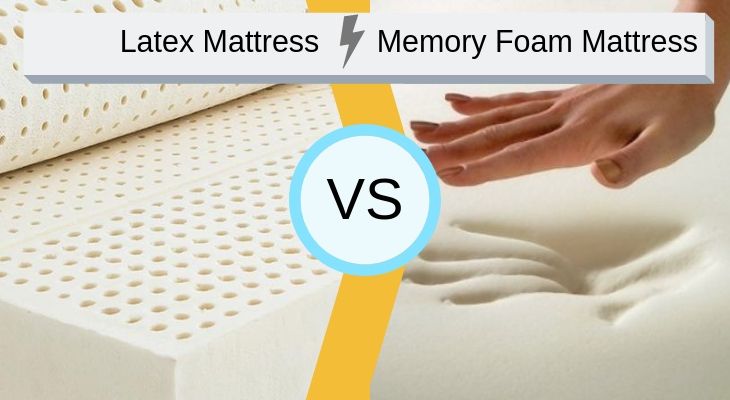
Why is Choosing the Right Mattress Important for Your Baby?
 When it comes to designing your baby's nursery, one of the most important decisions you'll make is choosing the right
mattress
. After all, your baby will be spending a significant amount of time sleeping and resting on their mattress, so it's crucial to select one that is comfortable, supportive, and safe.
When it comes to designing your baby's nursery, one of the most important decisions you'll make is choosing the right
mattress
. After all, your baby will be spending a significant amount of time sleeping and resting on their mattress, so it's crucial to select one that is comfortable, supportive, and safe.
Foam Mattresses: The Smart Choice for Your Baby's Health and Comfort
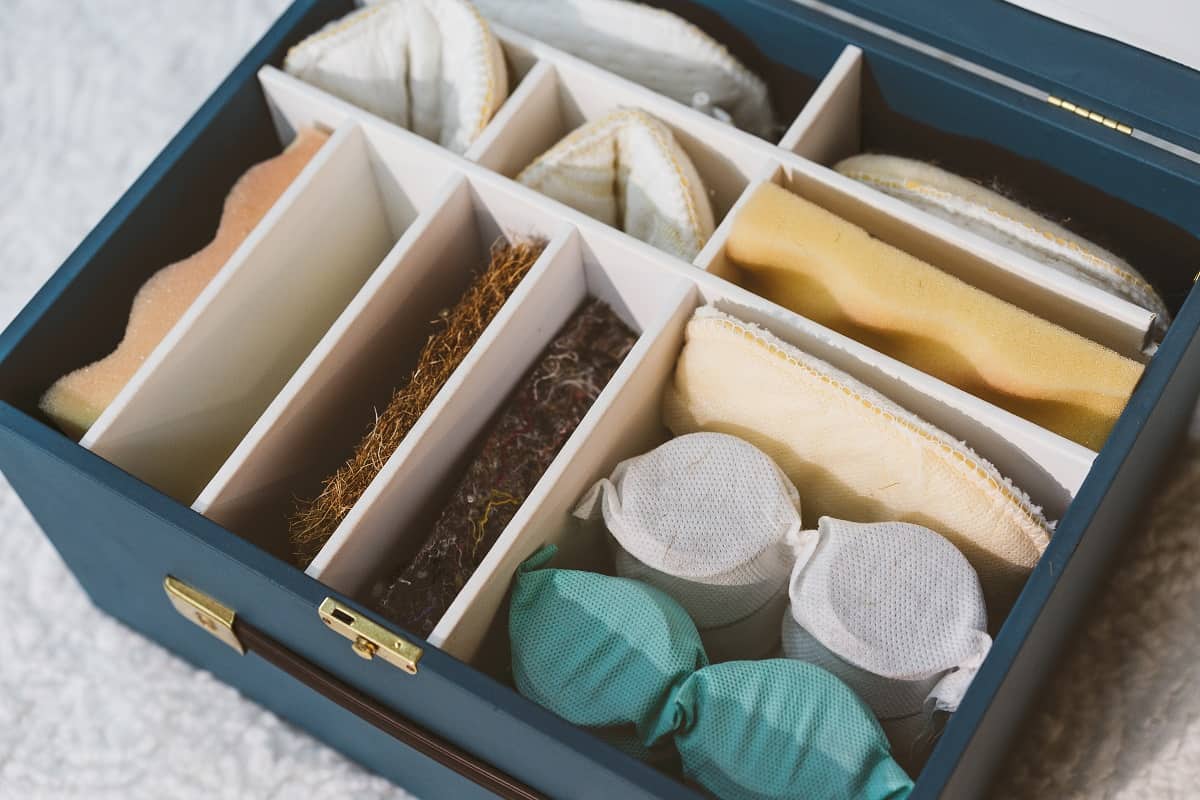 When comparing different types of mattresses, two popular options for babies are
foam
and
latex
. Both have their pros and cons, but foam mattresses have been a top choice for parents for several reasons.
1. Superior Comfort
Foam mattresses offer excellent support and comfort for your baby. The foam molds to your baby's body, providing a soft and cozy sleeping surface. This can be especially beneficial for newborns who are still developing their muscles and need extra support while sleeping.
2. Hypoallergenic Properties
Babies have delicate skin, and they are more prone to allergies and skin irritations. Foam mattresses have hypoallergenic properties, making them an ideal choice for babies with sensitive skin. They are also resistant to dust mites and other allergens, ensuring a healthy sleeping environment for your little one.
3. Lightweight and Portable
Foam mattresses are lightweight and easy to move, making them a convenient option for parents. This is especially useful for those who travel frequently with their baby, as they can easily bring their baby's comfortable mattress with them.
4. Durable and Long-Lasting
Babies grow and develop quickly, and their mattress needs to keep up. Foam mattresses are known for their durability and can withstand the wear and tear of a growing baby. They also have a longer lifespan compared to other types of mattresses, making them a cost-effective choice in the long run.
When comparing different types of mattresses, two popular options for babies are
foam
and
latex
. Both have their pros and cons, but foam mattresses have been a top choice for parents for several reasons.
1. Superior Comfort
Foam mattresses offer excellent support and comfort for your baby. The foam molds to your baby's body, providing a soft and cozy sleeping surface. This can be especially beneficial for newborns who are still developing their muscles and need extra support while sleeping.
2. Hypoallergenic Properties
Babies have delicate skin, and they are more prone to allergies and skin irritations. Foam mattresses have hypoallergenic properties, making them an ideal choice for babies with sensitive skin. They are also resistant to dust mites and other allergens, ensuring a healthy sleeping environment for your little one.
3. Lightweight and Portable
Foam mattresses are lightweight and easy to move, making them a convenient option for parents. This is especially useful for those who travel frequently with their baby, as they can easily bring their baby's comfortable mattress with them.
4. Durable and Long-Lasting
Babies grow and develop quickly, and their mattress needs to keep up. Foam mattresses are known for their durability and can withstand the wear and tear of a growing baby. They also have a longer lifespan compared to other types of mattresses, making them a cost-effective choice in the long run.
Final Thoughts
 Choosing the right mattress for your baby is crucial for their health and comfort. While there are many options available, foam mattresses stand out for their superior comfort, hypoallergenic properties, lightweight and portable design, and durability. Consider investing in a high-quality foam mattress for your baby's nursery, and watch them sleep soundly and comfortably through the night.
Choosing the right mattress for your baby is crucial for their health and comfort. While there are many options available, foam mattresses stand out for their superior comfort, hypoallergenic properties, lightweight and portable design, and durability. Consider investing in a high-quality foam mattress for your baby's nursery, and watch them sleep soundly and comfortably through the night.

